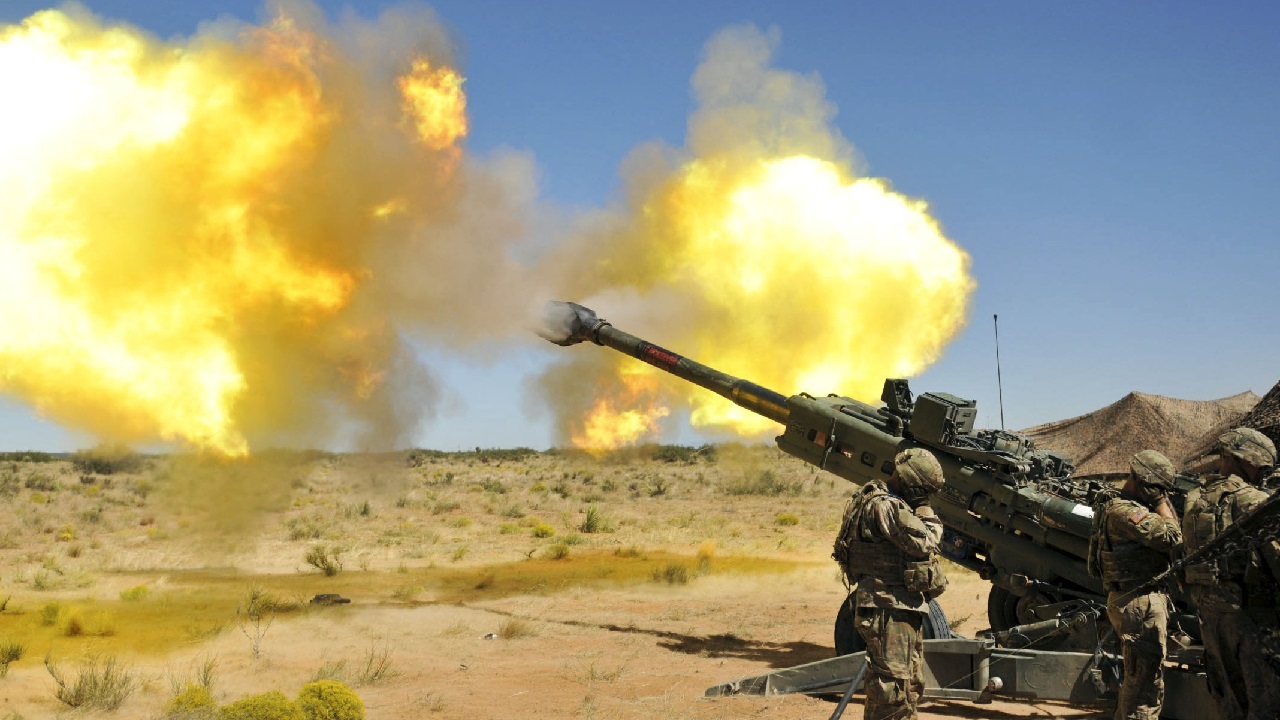Key Points: Assessing the US Army’s readiness for major conflict (“World War III”) under the second Trump administration, this analysis argues the force will likely become more realistically aligned with global challenges.
-While not envisioning a massive expansion, Trump’s pragmatic approach avoids overstretch while recognizing global interests.
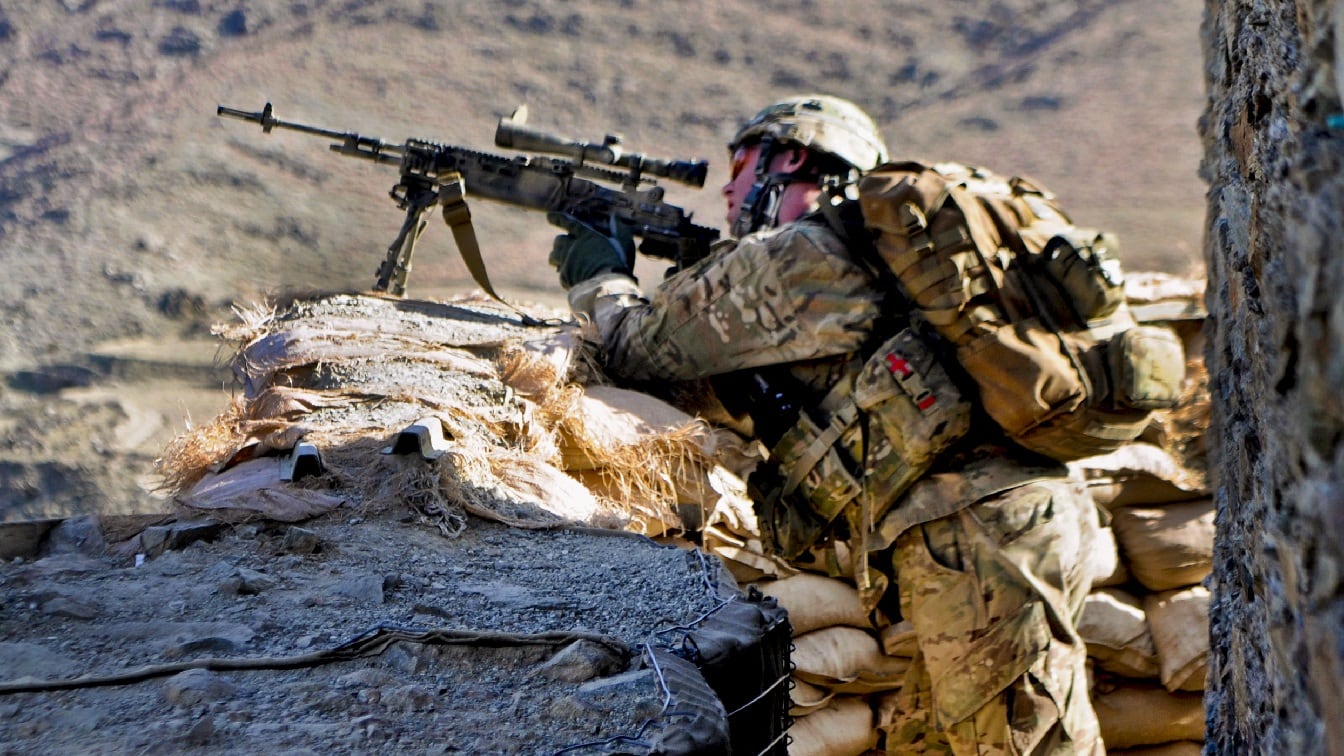
U.S. Army Sgt. Andrew Barnett scans the area using the optic lens on his M14 enhanced battle rifle outside an Afghan border police observation point in Kunar province, Afghanistan, Jan. 28, 2013. Barnett is assigned to the 101st Airborne Division’s 2nd Battalion, 327th Infantry Regiment, 1st Brigade Combat Team. U.S. Army photo by Sgt. Jon Heinrich
-The Army’s key strengths—logistics, expanding long-range fires, infrastructure defense, and special operations—will remain vital. Crucially, any large-scale conventional war will require robust coalition support, leveraging the US Army’s proficiency in allied operations.
-Expect an Army better prepared for its core roles within a joint structure alongside allies.
Is America’s Army Ready for World War III?:
Is America ready for World War III? Ready for what?
They’re asking and answering that question in the Pentagon now.
Addressing that issue is more difficult for American ground forces than for any other service. To make the task of preparing for the future easier, policymakers and planners can always say, “We won’t do that” to wish away the challenges they don’t want to address—but the enemy always gets a vote—and their vote counts.
Why America’s Army Won’t Face World War III Alone
Inevitably, land power winds up being the Swiss Army Knife of military capabilities. No matter what war is planned for the US Army (and its sister service, the Marine Corps), boots on the ground wind up getting thrown into a myriad of missions from border security to counterterrorism, homeland defense, post-conflict security, and more, that are dictated by circumstances rather than force planners.
Predicting the adequacy of the US Army for future missions requires assessing both capacity and versatility. After four years of the Trump presidency, American ground forces will likely be better prepared to defend and safeguard American interests. Here is why.
The Tyranny of Strategy and Trump
The Iron Law of Reality is that strategy and doctrine will always change faster than force structure. Every Pentagon team fine-tunes strategy and doctrinal precepts to define exactly what they want (this team will be no different), but in the end, they will have to fight with what they have when they have to fight.
Strategy doesn’t need to be perfect. It just shouldn’t be suicide—so finely honed for one mission (like defending the Maginot line) that troops are unprepared for reality.
Trump’s basic instincts and assessment of national power are realistic, setting a strong foundation for suitable ground forces. Trump entered office with a military underpowered in hard power. Even his drive to deliver peace through strength and the world’s dominant economy has a problem. The US has three vital areas of interest: Europe, the Middle East, and the Indo-Pacific. Even with four years of vigorous investment and reshaping strategy, the US still won’t have the capacity to be decisive in any of these theaters.
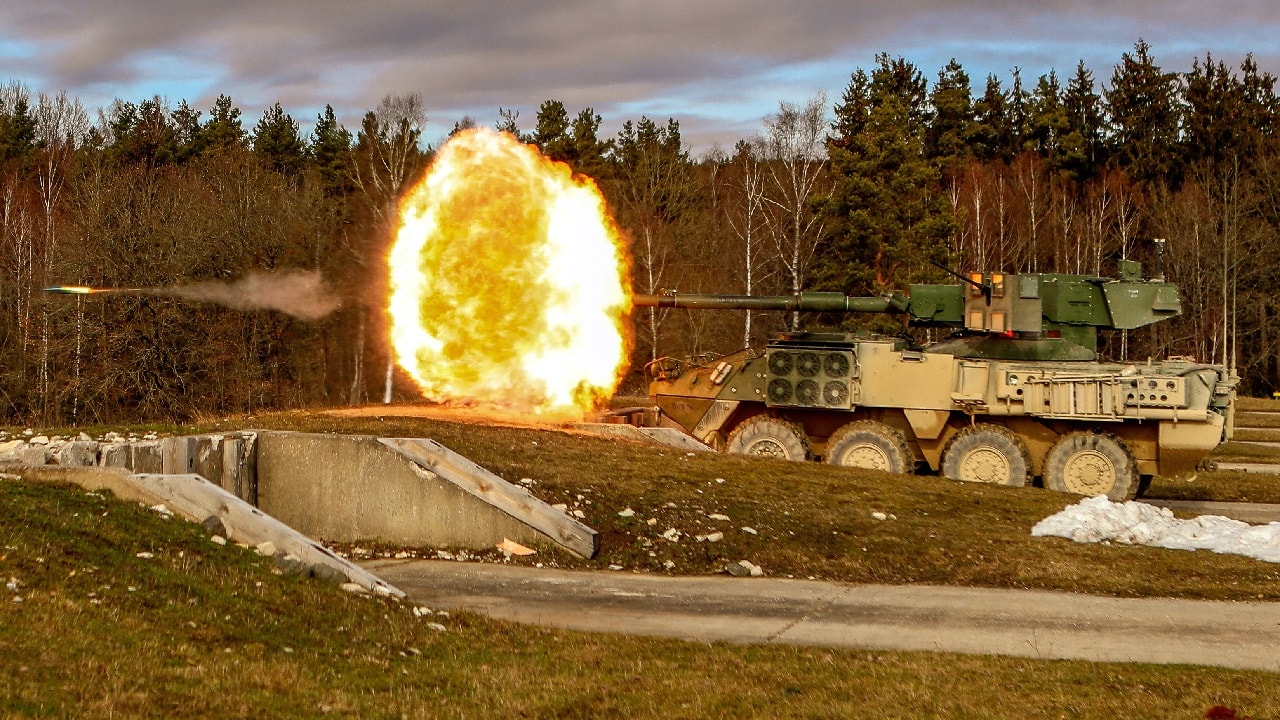
A U.S. Army mobile gun system Stryker variant belonging to Quickstrike Troop, 4th Squadron, 2d Cavalry Regiment fires at several targets during a week-long gunnery range at the Grafenwoehr Training Area, Germany, Feb. 14, 2019. The gunnery was the culminating event for their multi-month training progression. (U.S.Army photo by Sgt. Timothy Hamlin, 2d Cavalry Regiment)
To make the task of defending interests more feasible and responsible, the president is right to eschew complicated engagements in any theater. His distaste for preventive war, nation-building, and regime change is prudent. That said, Trump is no isolationist, as if often claimed, and is clearly not risk-averse to using the armed forces in the national interest, as demonstrated on the southern US border, counterterrorism strikes in the Middle East, and military action against the Houthis.
Further, Trump’s interest in the Panama Canal and Greenland is primarily about sustaining the US capability to project power across the globe. In addition, early in his second term, Trump actively engaged in the Middle East and Europe, demonstrating that he recognizes the US can’t simply turn its back on any critical theater. All these impulses set the right tone for responsible force planning.
There is no question that Pentagon strategies are going to place more emphasis, and rightly so, on building deterrent capacity in the Indo-Pacific. Still, Trump’s recognition of the need to act globally, which will inevitably require US ground forces action or support, means there will still be a requirement for an army with broad utility, not stripped to the bone to fund needs for other services. In addition to global deployment, the Army will play an instrumental role in working with friends and allies, essential for conventional deterrence in all three critical theaters.
Geography is Everything
The US Air Force can deploy globally. The navy can sail around the world carrying the Marines on their back. The Space Force is in space. Getting an army to a war is different, as different as football from pickleball. If the odds of shrinking the America’s Army much are limited, the prospects for a much bigger land force are no better.
About 90 percent of the US Army is permanently stationed in America, so they can be parceled out where and when needed. That won’t change. US overseas ground presence will be limited, and rotational forces will be more common. America’s overseas ground forces will not significantly deter wars of aggression.
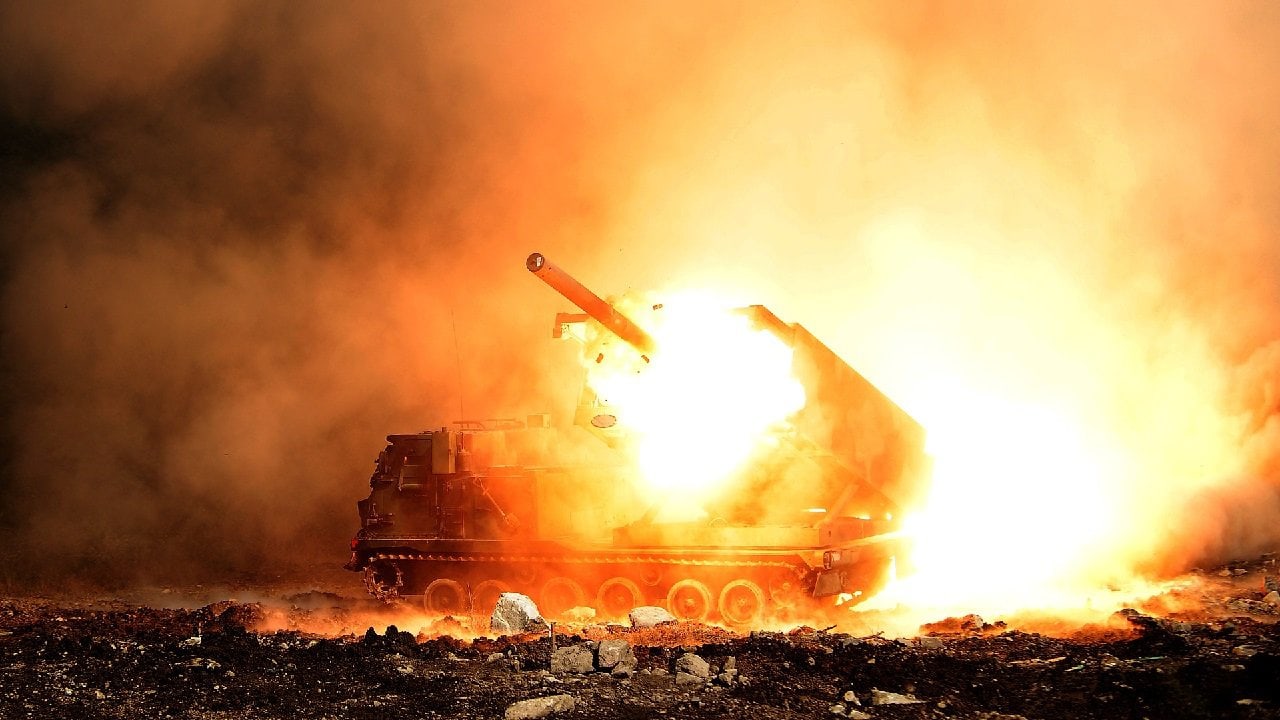
MLRS combat firing practice, Republic of Korea Army The 5th Artillery Brigade.
Much is made about the presence of US troops as a tripwire to deter aggressors. That strategy is likely obsolete. There is scant evidence that Russia, Iran, or China base their military calculus on fearing tripping wires. The US’s argument or compulsion just to have boots on the ground to scare invaders is likely, in most instances, not going to pass muster with American force planners. The US doesn’t have troops to waste to show the flag. That is going to be the new normal—not a statement of American commitment, indifference, or withdrawal—just a reality like a police force that can’t be a cop on every corner.
American War is Team Sport
Evaluating the capabilities and capacity of US land forces independent of the other armed services is a big mistake. The other services are huge enablers for boots on the ground, just as the Army is an enabler for them. We know Trump plans big investments in strategic forces, missile defense, space, and shipbuilding, and he has already committed to air dominance by deciding to field the F-47. All these capabilities are going to make US ground forces more capable and require the Army ground forces to protect, support, and exploit them.
So, given all these developments, what kind of Army will Trump deliver?
What the Army Brings to the Table
Logistics:
The Army has long been the spine of the armed forces’ logistics and sustainment backbone worldwide. That won’t change, and that is vital because the capacity to build a military supply chain worldwide that can sustain combat operations overseas is a strong American competitive advantage.
Long-Range Fires:
The Army is increasingly expanding its capacity to deliver long-range precision fires—in any theater. The best way to avoid fighting a war of attrition is to kill, immobilize, or disable the enemy before you can see the whites of their eyes. The US is one of the few countries that can do that on land, air, and sea by forces firing from land, air, and sea. That is another invaluable military advantage.
Defense of Population and Infrastructure:
Modern war is no different from ancient combat. People, cities, and the means that sustain them are as likely targets as troops at the front. The best deterrent is an offense-defense mix that demonstrates that you cannot both kill your enemy and defend your people. The Army’s role in infrastructure and population protection, from cyberspace to air and missile defense, is likely going to be one of the biggest areas for growth.
Special Operations:
Counterterrorism and other special operations are not the easy button for solving the world’s problems, but they are valuable tools in the military’s toolkit. The Army will likely remain a robust part of the special forces community.
Conventional War:
Could the US Army of tomorrow fight a war of attrition like Ukraine’s defense against Putin’s invasion or manage a post-conflict mess like Gaza, quagmires filled with hybrid warriors, armadas of drones, ceaseless cyber-attacks, clouds of bombs, bullets, and missiles and more—sure, but only with friends and allies.
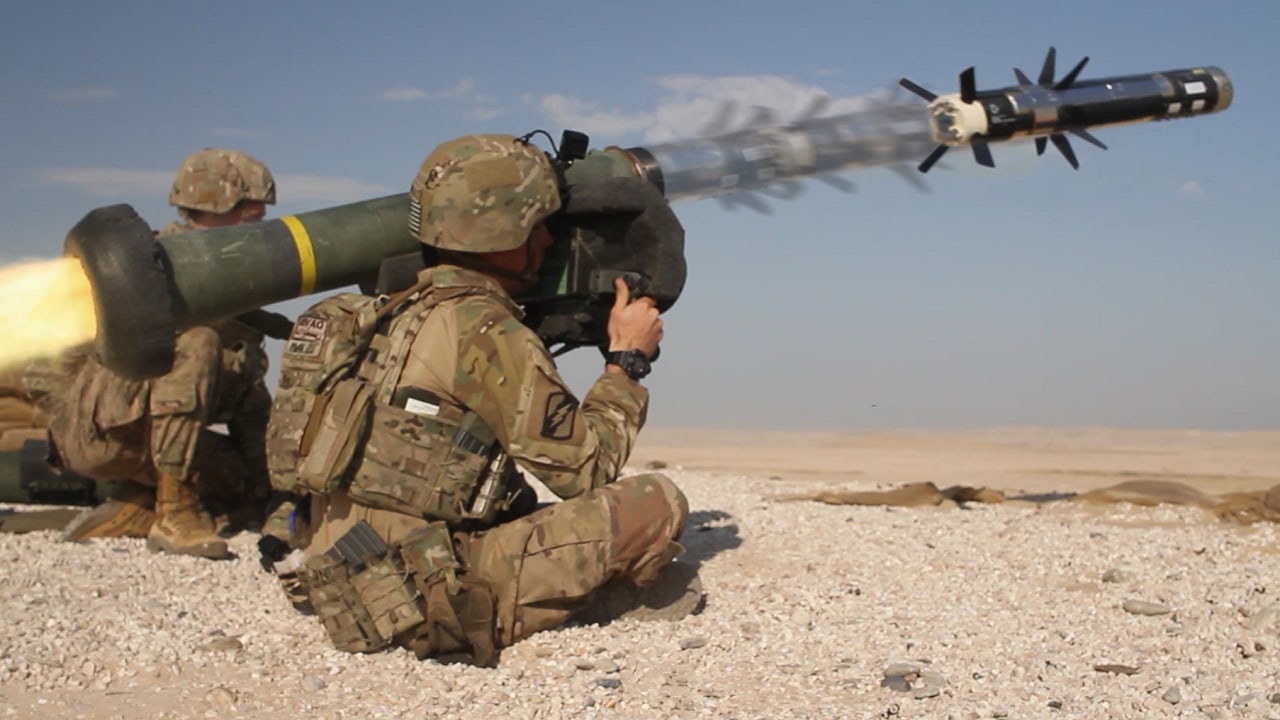
U.S. Army Spc. Colton Davis, an infantryman assigned to Company C, 2nd Battalion, 198th Armor Regiment, 155th Armored Brigade Combat Team, Mississippi Army National Guard, fires a Javelin shoulder-fired anti-tank missile during a combined arms live fire exercise as part of Exercise Eastern Action 2019 at Al-Ghalail Range in Qatar, Nov. 14, 2018. The multiple exposure photo demonstrates the multiple stages the missile goes through after it is fired by Davis. This is a multiple-exposure photo. (U.S. Army National Guard photo illustration by Spc. Jovi Prevot)
No Western power has a large enough ground force or mobilization base to fight big wars of attrition over a prolonged period. Unless—they are backed or supported by a coalition. While the US Army alone won’t have the numbers to win WW III, few armies worldwide are better trained and equipped to work with allies.
As long as the US Army retains the focus on training and readiness that the Department of Defense has promised to impose, as well as a robust joint and combined exercise schedule and overseas force rotations, American ground forces will be suitable for future ground combat.
Odds are that after four years, the US will wind up with a US Army more purpose-built for the world in which we live, a force that is suitable, feasible, and acceptable for safeguarding American interests as part of a US force in concert with a coalition of friends and allies.
They won’t be the Golden Horde—but they won’t be Task Force Smith either.
About the Author: Dr. James Jay Carafano
Dr. James Jay Carafano is a leading expert in national security and foreign policy affairs. Carafano previously served as the Vice President of Heritage Foundation’s Kathryn and Shelby Cullom Davis Institute for National Security and Foreign Policy and served in the US Army for 25 years. He is an accomplished historian and teacher as well as a prolific writer and researcher. Follow him on X: @JJCarafano.

